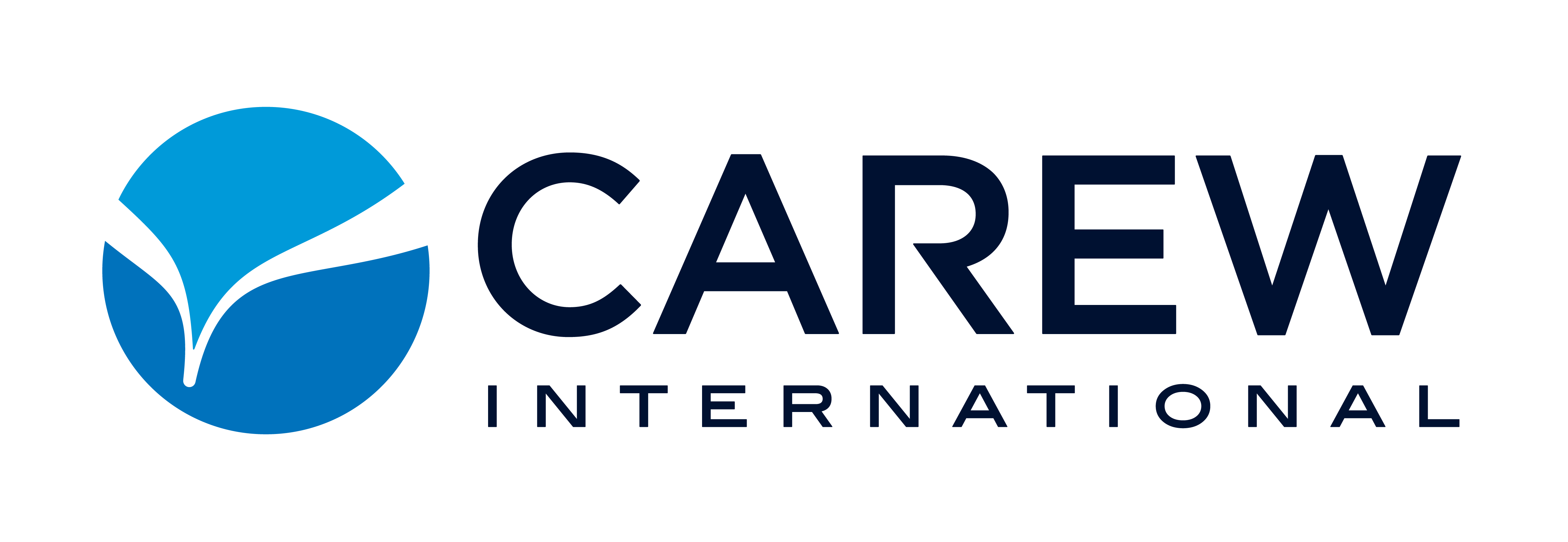Often revered and analyzed, leadership remains the backbone of an organization’s success. Leadership development is not merely a corporate buzzword – it’s an essential endeavor that ensures an organization’s sustainability, adaptability, and overall growth. With a changing workforce and evolving workplace dynamics, investing in leadership development has never been more critical.
4 Key Elements of Leadership Development
- Mentoring and Coaching: Learning from someone who has “been there and done that” is invaluable. Mentorship provides insights that are rooted in experience, while coaching focuses on unlocking a person’s potential to maximize their growth. Does your organization have a mentorship program in place? In a survey by Deloitte, more than 8 in 10 executives rated engagement as important or very important – one of the most effective ways to improve engagement is to run a corporate mentorship program.
- Experiential Learning: Learning through experience – Workshops, role-playing, and on-the-job training opportunities can enhance skills in real-world scenarios. This can often be more impactful than theoretical knowledge.
- Feedback Mechanisms: Constructive feedback from superiors and peers is crucial. Regular 360-degree feedback can offer leaders a comprehensive view of their strengths and areas of improvement. An easy place to start – The Stop, Start, Continue Model. This provides feedback on what the individual should stop doing, what they should start doing, and what they should continue doing. Simple, straightforward, and quick to implement.
- Networking Opportunities: Providing leaders with platforms to interact with their counterparts in different industries can lead to the exchange of valuable insights and best practices. Consider industry events like the Sales 3.0 Conferences. These events bring sales, enablement, operations, and revenue leaders together to drive performance and growth – a perfect opportunity to network!
4 Must-Dos for Leadership Development
- Building a Robust Leadership Pipeline: One primary goal should be the creation of a seamless leadership transition. Ensuring there’s a line of potential leaders ready to step up reduces disruption during unforeseen departures and aids in planned successions.
- Fostering a Culture of Continuous Learning: Leaders, irrespective of their tenure, must be committed to lifelong learning. By emphasizing this, organizations can remain agile in changing landscapes.
- Enhancing Decision-Making Capabilities: Today’s fast-paced business world requires leaders who can make informed decisions quickly. Training in analytical thinking, understanding big data, and forecasting is crucial.
- Promoting Diversity and Inclusion: Modern leaders must not only understand the importance of diversity but also foster it. They should be equipped to challenge biases, ensuring a workplace that thrives on varied perspectives.
An Action Plan for Effective Leadership Development
Step 1: Assessment
Start with a comprehensive analysis of your current leadership competencies. Here, you will identify Gaps, Strengths, Weaknesses, Opportunities, Threats, etc., to get a clearer picture.
Step 2: Tailored Training Programs
Invest in training for your team. At Carew, we know that one size does not fit all. Our proprietary models and straightforward frameworks allow for client-specific customizations while retaining the integrity of our proven content.
Step 3: Real-world Challenges
Assign emerging leaders to short-term projects that test their capabilities. This gives them exposure and helps organizations identify who is ready to take on more significant challenges.
Step 4: Feedback and Iteration
Post assignments, collect feedback, and iterate. What worked? What didn’t? Understand and refine your leadership development approach based on these insights.
Step 5: Continued Support
Leadership development is a continuous process. Even after formal training, ensure leaders have access to reinforcement, resources, workshops, and courses that can aid their growth.
Step 6: Measure Outcomes
Regularly measure the outcomes of your leadership development program. Look at tangible metrics like productivity, team morale, and business growth, but also consider intangible elements like organizational culture.
Leadership development isn’t just about creating leaders – it’s about ensuring your organization’s long-term success and growth. By understanding the key elements of leadership development, tackling your must-dos, and executing a well-defined action plan, you can pave the way for success.

